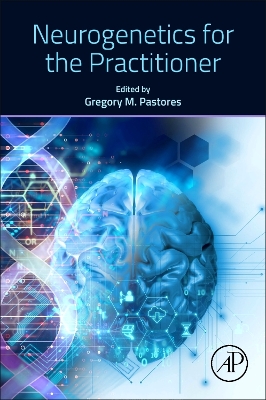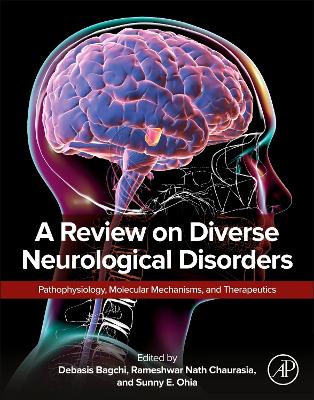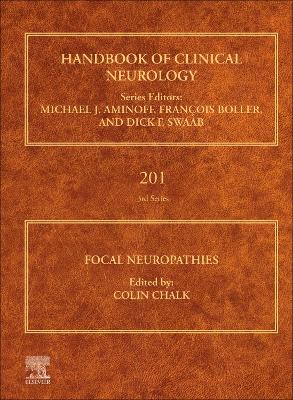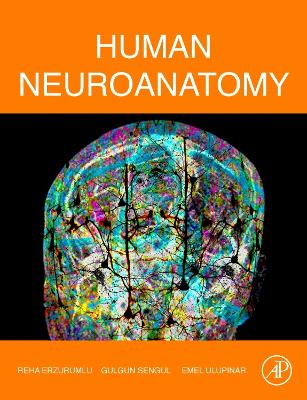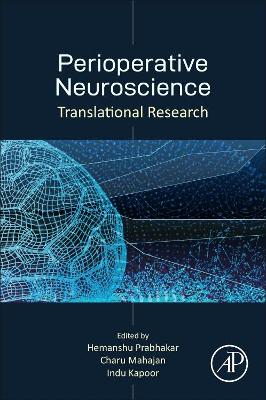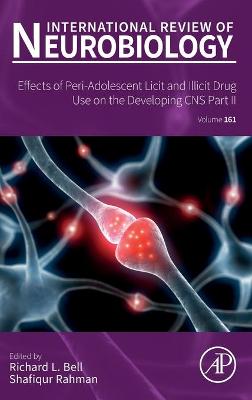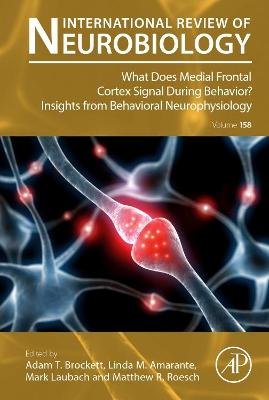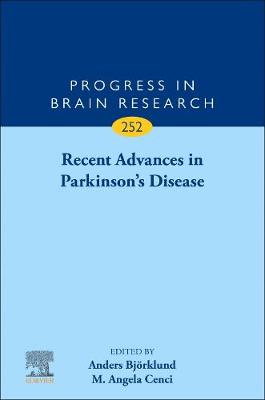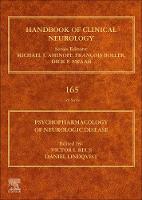Brain-Computer Interfaces
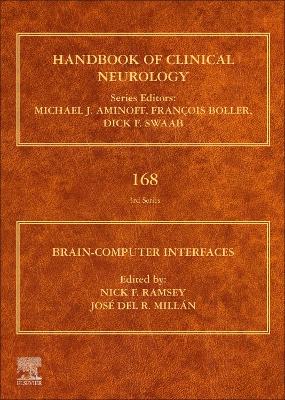 -10%
portes grátis
-10%
portes grátis
Brain-Computer Interfaces
Ramsey, Nick F.; Millan, Jose del R.
Elsevier Science & Technology
04/2020
390
Dura
Inglês
9780444639349
15 a 20 dias
1100
2. Brain-computer interfaces: definitions and principles
3. Stroke and potential benefits of brain to computer interface
4. Brain-computer interfaces for people with amyotrophic lateral sclerosis
5. Brain damage by trauma
6. Spinal cord lesions
7. Brain:computer interfaces for communication
8. Applications of brain-computer interfaces to the control of robotic and prosthetic arms
9. BCI for rehab ('not control')
10. Video games as rich environments to foster brain plasticity
11. Consciousness and communication brain-computer interfaces in severely brain-injured patients
12. Smart neuromodulation in movement disorders
13. Bidirectional brain computer interfaces
14. Brain-computer interfaces and virtual reality for neurorehabilitation
15. Monitoring performance of professional and occupational operators
16. Self-Health Monitoring and wearable neurotechnologies
17. Brain-computer interfaces for basic neuroscience
18. Electroencephalography
19. iEEG: dura-lining electrodes
20. Local field potentials for BCI control
21. Real-time fMRI for brain-computer interfacing
22. Merging brain-computer interface and functional electrical stimulation technologies for movement restoration
23. General principles of machine learning for brain-computer interfacing
24. Ethics and the emergence of brain-computer interface medicine
25. Industrial perspectives on brain-computer interface technology
26. Hearing the needs of clinical users
2. Brain-computer interfaces: definitions and principles
3. Stroke and potential benefits of brain to computer interface
4. Brain-computer interfaces for people with amyotrophic lateral sclerosis
5. Brain damage by trauma
6. Spinal cord lesions
7. Brain:computer interfaces for communication
8. Applications of brain-computer interfaces to the control of robotic and prosthetic arms
9. BCI for rehab ('not control')
10. Video games as rich environments to foster brain plasticity
11. Consciousness and communication brain-computer interfaces in severely brain-injured patients
12. Smart neuromodulation in movement disorders
13. Bidirectional brain computer interfaces
14. Brain-computer interfaces and virtual reality for neurorehabilitation
15. Monitoring performance of professional and occupational operators
16. Self-Health Monitoring and wearable neurotechnologies
17. Brain-computer interfaces for basic neuroscience
18. Electroencephalography
19. iEEG: dura-lining electrodes
20. Local field potentials for BCI control
21. Real-time fMRI for brain-computer interfacing
22. Merging brain-computer interface and functional electrical stimulation technologies for movement restoration
23. General principles of machine learning for brain-computer interfacing
24. Ethics and the emergence of brain-computer interface medicine
25. Industrial perspectives on brain-computer interface technology
26. Hearing the needs of clinical users


